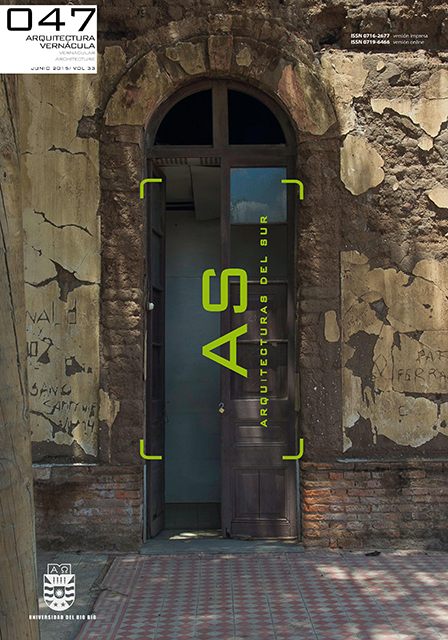Vernacular architecture and technology: From stone to point clouds, the new San Roque de Peine church, Salar de Atacama, Chile
Keywords:
vernacular architecture, rural settlements, self-build, new technologies, laserAbstract
This article states the need for the use of converging technologies in order to make possible conservation work on vernacular architectural patrimony, which is necessary due to the use of non-industrial and natural materials in construction and processes based on techniques derived from the builders´ experience and oral traditions. The preservation of these patrimonial legacies and cultural assets requires their material conservation beyond the durability of the natural life cycle of the their building materials and operating conditions, in order to overcome the demanding environmental conditions.
The diagnosis of the physical preservation of a property requires a series of layers of information that make it possible to define an intervention strategy to restore functional, structural, and aesthetic conditions. From this perspective, it is necessary to register all the physical and material features with the highest possible accuracy. To obtain a systematic evaluation, it is necessary to rely on a critical survey based on direct observation of the building. At present, it is possible to incorporate the use of digital tools designed to obtain detailed and accurate readings of each of the parts and elements of the building. The interface between the building and the computer is defined here as a 3D point cloud.
Downloads
Downloads
Published
How to Cite
Issue
Section
License
The content of the articles published in each issue of Arquitecturas del Sur is the sole responsibility of the authors and does not necessarily represent the opinion of University of the Bío-Bío.
The authors will maintain their copyright; however, they will guarantee the journal the right to first publication and dissemination of their work. The publication of the article in Arquitecturas del Sur will be subject to the Creative Commons International license (CC BY-SA) that allows others to adapt: remix, transform and build on the material for any purpose, even commercially; share: copy and redistribute the material in any medium or format, as long as the authorship and first publication in this journal are acknowledged by citing them correctly, and their new contributions are under a license with the same terms.














 Programa de Información Científica/Concurso Fondos de Publicación de Revistas Científicas 2018/ Proyecto Mejoramiento de Visibilidad de Revistas UBB (Código:FP180007)
Programa de Información Científica/Concurso Fondos de Publicación de Revistas Científicas 2018/ Proyecto Mejoramiento de Visibilidad de Revistas UBB (Código:FP180007) 
